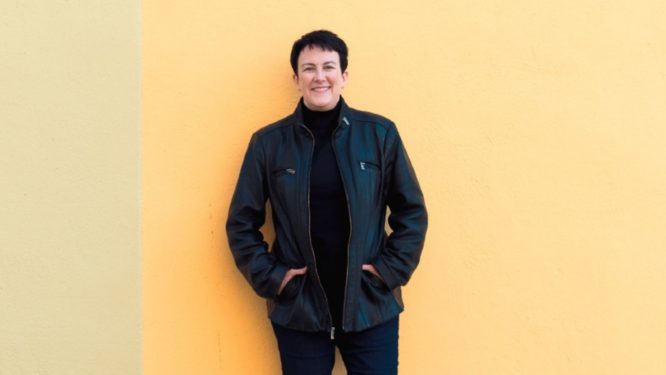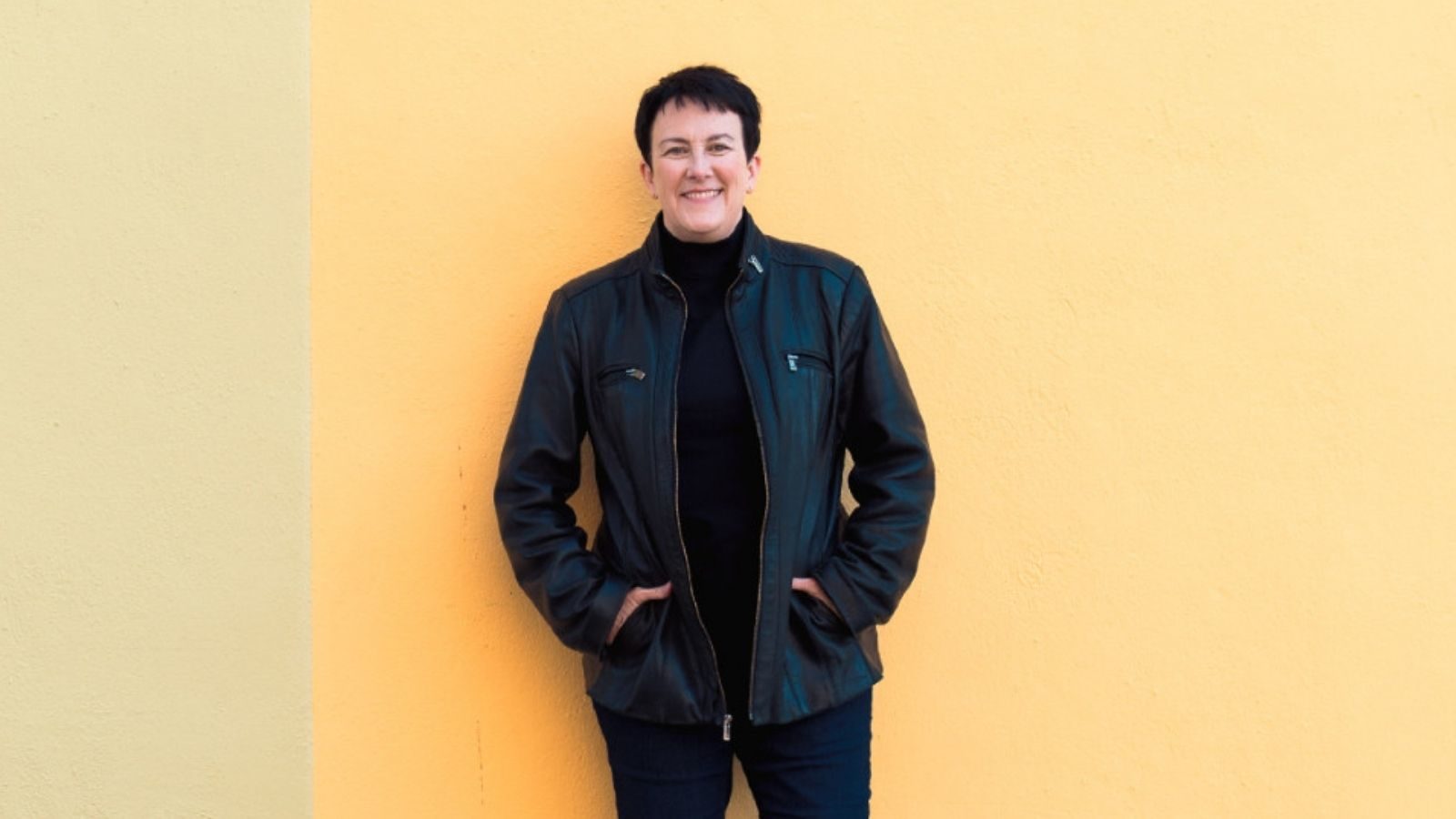Jennifer Higdon

DATES
Born December 31, 1962 in Brooklyn
NATIONALITY
American
STYLE/PERIOD
Modern 1920-Present
FAMOUS WORKS
blue cathedral, City Scape, Concerto for Orchestra, Percussion Concerto, Violin Concerto

BIOGRAPHY
Unlike most composers, Jennifer Higdon did not begin studying or listening to classical music until she was a teenager! Jennifer taught herself flute when she was fifteen and played in her high school’s concert band in Tennessee. She heard very little classical music before she went to Bowling Green State University to major in flute performance. She did not begin to study composition until she was 21 years old!
Higdon claims that her late exposure to classical music had an important effect on her style: “Because I came to classical music very differently than most people, the newer stuff had more appeal for me than the older.” Higdon’s music is clearly written in a modern style, featuring interesting combinations of instruments. Although written in a modern style, Higdon’s music relies heavily on traditional sounds and structures. Higdon’s unique combination of old and new is very popular. Her music is traditional enough for the audience to understand and enjoy, but original enough that the audience and orchestra are exposed to something new and challenging.
With music that is both imaginative and accessible, it is no wonder that Higdon is one of America’s most-performed composers. blue cathedral, a piece she wrote about her brother’s death from cancer, is the most performed modern orchestral piece by a living American composer. Her Percussion Concerto won a Grammy for Best Contemporary Classical Composition, and her Violin Concerto won the Pulitzer Prize in 2010. She is often asked to write music for orchestras all over the country, including the DSO! Her recent opera Cold Mountain was premiered by the Santa Fe Opera in 2015, and has been performed by Opera Philadelphia, North Carolina Opera, and the Minnesota Opera since then.
Higdon currently teaches composition at the Curtis Institute, and continues to compose 5-10 pieces a year.